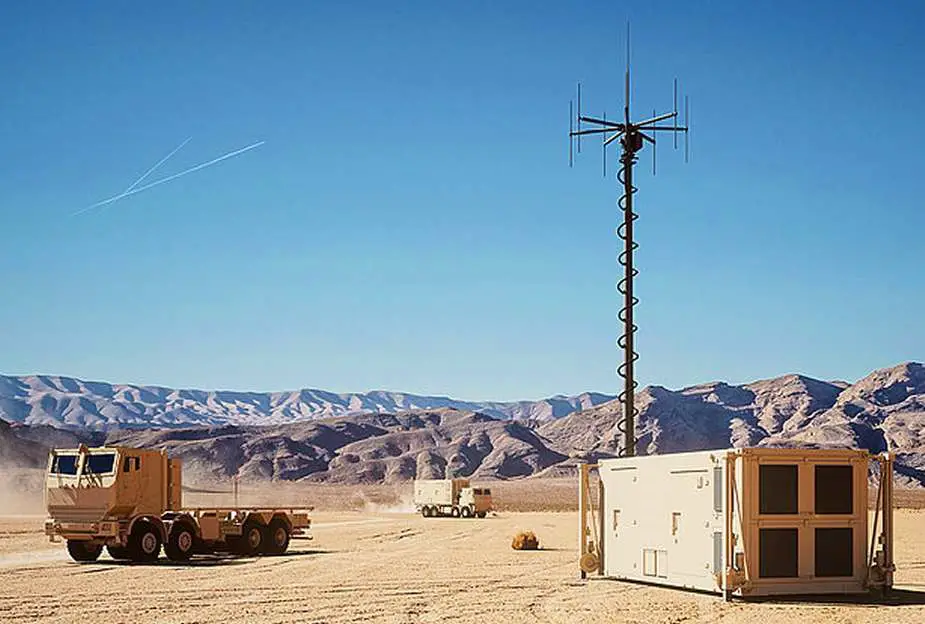Breaking news
HENSOLDT makes deployable variant of Twinvis passive radar available.
Sensor solution provider HENSOLDT has developed a new version of its "Twinvis" passive radar, which is now being launched in a fully integrated shelter variant for military use as "Twinvis Military Sheltered". So far, "Twinvis" has been available as a set-up kit for integration by the customer. A specially established production line at the German HENSOLDT site in Ulm enables the prompt call-off of systems in order to meet the requirements of existing and interested customers at short notice.
Follow Army Recognition on Google News at this link

The "Twinvis Sheltered" can be flexibly and easily deployed on military carrier vehicles (Graphic source: HENSOLDT)
"Twinvis" is a passive radar based on the latest digital technology that can be used in long-range military airspace surveillance or, in the medium term, in civil air traffic control. A passive radar acts purely as a receiver, i.e. it does not transmit itself and locates targets by evaluating reflected signals from existing third-party transmitters.
"Our fully automated, intelligent signal processing and sensor data fusion opens up an unprecedented possibility for armed forces to conduct covert operations at long range for a wide range of targets up to and including stealth threats. The 'Twinvis' is highly mobile and networkable in real time for this purpose. And it can do so either as an autonomously operating cluster of several distributed passive radars or paired with powerful air defence systems with active radar sensors," says Markus Rothmaier, Head of Naval & Ground Radars at HENSOLDT.
The “Twinvis Sheltered” can be flexibly and easily deployed on military carrier vehicles and set up and dismantled in the field by just two people. A self-sufficient operation is possible, even without personnel on-site if required. The system has a high-performance antenna unit as well as processor and infrastructure components. The modular system architecture enables, among other things, the processing of multiple digital frequency bands, which offers procurers and users growth potential and the ability to plan incremental upgrades for the future. Several systems are under contract with customers inside and outside NATO.
Defense News August 2023


























